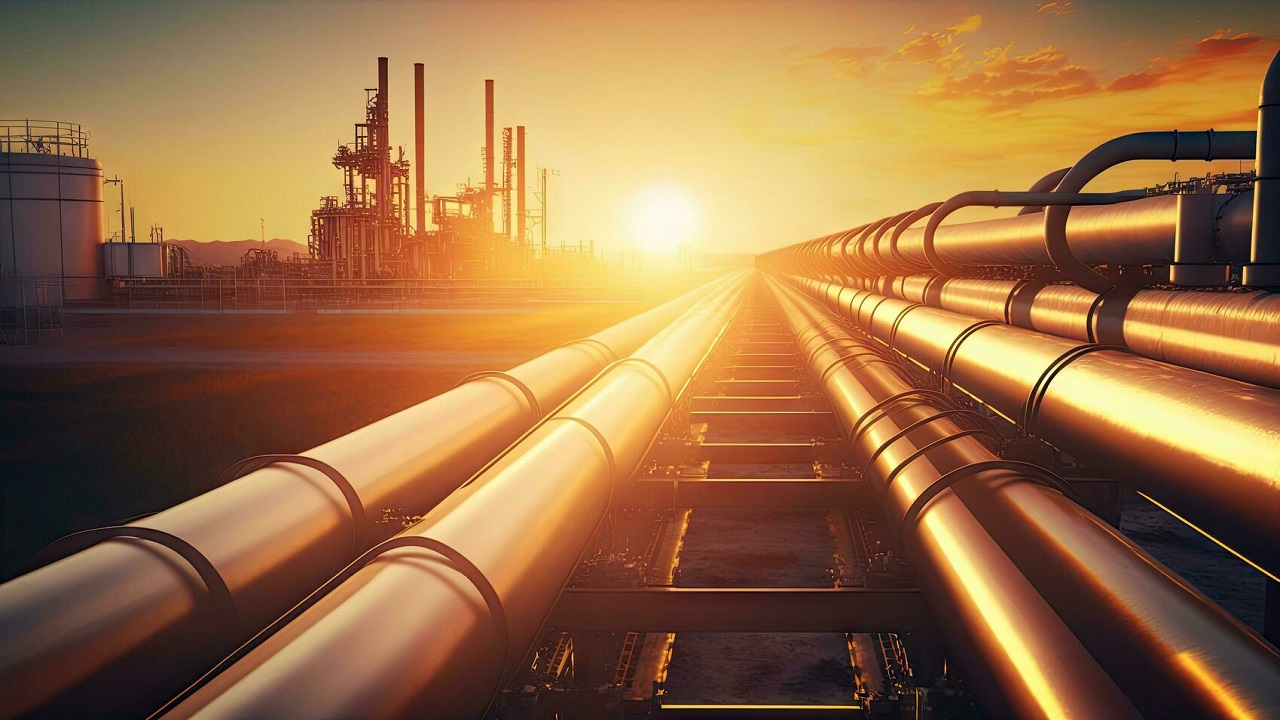Pipeline systems play a crucial role in transporting various fluids, including oil, gas, and water, across vast distances. However, these infrastructures face numerous challenges, especially when subjected to extreme conditions such as harsh weather, seismic activities, and environmental threats. The resilience of pipeline systems is paramount to ensure the continuous and safe transportation of fluids. We will delve into the importance of resilience in pipeline design including API 5L Pipe and how engineers are addressing the challenges posed by extreme conditions.
Understanding Extreme Conditions
Extreme conditions encompass a broad range of challenges that pipeline systems may encounter. These conditions can include but are not limited to:
Harsh Weather
Pipelines traversing diverse terrains and climates are susceptible to extreme weather events such as hurricanes, floods, and freezing temperatures. The impact of these events can lead to structural damage, corrosion, and disruptions in fluid flow.
Seismic Activities
Regions prone to earthquakes pose a unique set of challenges for pipeline engineers. Seismic activities can cause ground displacement, resulting in stress on pipeline structures, potential leaks, and ruptures.
Environmental Threats
Pipelines often pass through environmentally sensitive areas, such as wildlife habitats and water bodies. Accidental spills or leaks can have severe ecological consequences, necessitating resilient design to minimize environmental impact.
Designing for Resilience
Engaging in thorough risk assessments and environmental impact studies during the planning phase helps identify potential challenges and ensures that the pipeline design meets or exceeds regulatory requirements. Continuous collaboration with regulatory authorities and regular inspections are essential to maintaining compliance throughout the lifecycle of the pipeline. To enhance the resilience of pipeline systems, engineers employ advanced design strategies and technologies. Some key considerations include:
Material Selection
The choice of materials is critical in designing resilient pipelines. High-strength alloys and composite materials are often used to withstand the corrosive effects of harsh weather conditions and resist seismic stresses.
Advanced Coating Technologies
Protective coatings play a vital role in preventing corrosion, which can compromise the integrity of pipelines. Engineers utilize advanced coating technologies that provide enhanced resistance to environmental elements and abrasion.
Redundancy and Monitoring Systems
Incorporating redundancy in pipeline systems ensures that even if one section fails, the overall system can continue functioning. Additionally, advanced monitoring systems equipped with sensors and real-time data analysis help detect anomalies and potential issues, allowing for timely intervention.
Flexible Design
Pipelines designed with flexibility in mind can better withstand ground movements caused by seismic activities. Flexible joints and materials that can accommodate expansion and contraction contribute to the overall resilience of the system.
Conclusion
Resilience in pipeline systems is an essential aspect of ensuring the safe and reliable transportation of fluids across diverse and challenging environments. As technology advances, engineers continue to develop innovative solutions to address the complexities posed by extreme conditions. The integration of robust materials, advanced coatings, redundancy measures, and real-time monitoring systems collectively contribute to the resilience of pipeline infrastructures, mitigating the risks associated with harsh weather, seismic activities, and environmental threats. As the demand for efficient fluid transportation grows, the emphasis on designing resilient pipeline systems will remain pivotal in sustaining the integrity of these critical infrastructures.


